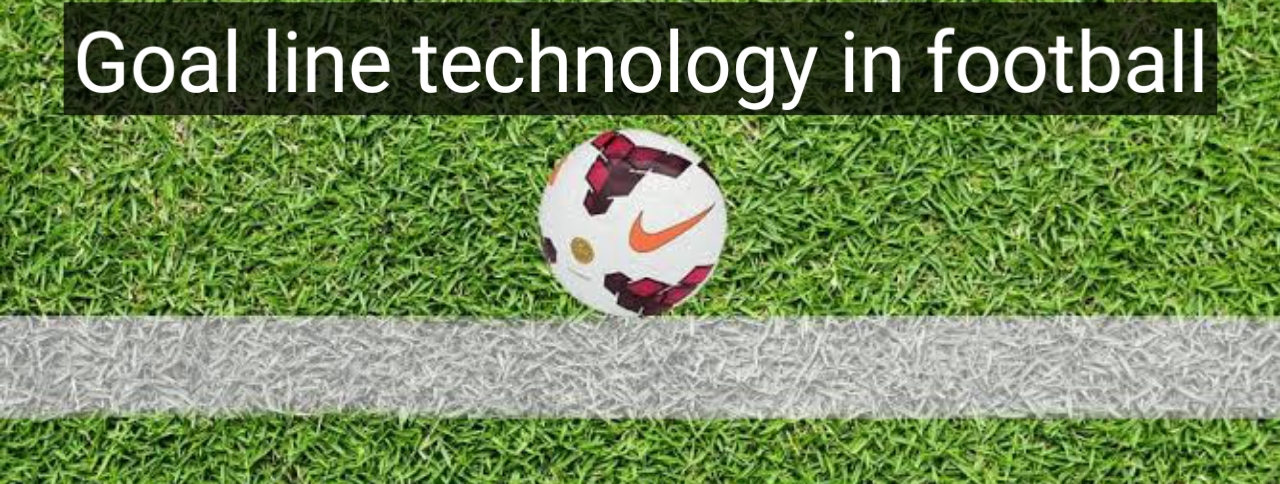Loan Settlement: Process, Required Documents and Advantages and Disadvantages
Have you ever wondered how the bank deals with the situation when a person is unable to pay the loan EMI? In such a situation, the option of “loan settlement” is offered. Let us know what loan settlement is, when and how it is done, and what documents are required in it.
What is loan settlement?
Loan settlement is the process in which there is an agreement between the bank and the borrower (loan taker). Under this agreement, the borrower “settles” the loan by paying a part of his outstanding amount. This option is given when the borrower is in financial crisis and the bank feels that recovery of the entire amount is difficult.
Note, loan settlement does not mean that your loan is completely over. It is only a temporary solution, which can give you immediate relief.
How is loan settlement done?
- Payment of principal amount:
In the settlement process, the borrower has to pay the principal amount of the loan.
- Waiver of interest and penalty:
The bank can provide partial or full waiver of interest, penalty, and other charges.
- Negotiation:
After negotiations between the bank and the customer, a certain amount is decided, which can be paid to settle the loan.
Documents required for loan settlement
During the loan settlement process, the bank may ask for many important documents from you. These documents are as follows:
Loan agreement: Loan contract between you and the bank.
Identity card: Aadhar card, PAN card, or other valid documents.
Income certificate: Information about your current income.
Financial status documents: Bank statement, property details, etc.
Loan payment history: Information about the installments paid so far.
Hardship letter: A letter written giving details of the financial crisis.
Legal documents: If there is any dispute or case, then documents related to it.
Advantages of loan settlement
- Relief from debt:
The biggest advantage of loan settlement is that you are free from the burden of debt and interest. - Payment of less amount:
You can settle it for a lesser amount by negotiating with the bank instead of the full amount of your loan. - Fast resolution:
The loan settlement process is completed relatively quickly.
Disadvantages of loan settlement
- Impact on credit score:
Loan settlement adds the tag of “settled” to your credit report, which affects your credit score for about 7 years. - Obstacle in future loan:
Due to poor credit score, it may be difficult to get a loan in future. - Spoiled relationship with the bank:
The bank or financial institution may refuse to work with you in future.
How to improve in future?
If the financial situation improves, you can contact the bank and repay your outstanding loan in full. This will improve your credit report and increase your chances of getting a loan in the future.
Conclusion:
Loan settlement is an option that can provide relief during a financial crisis, but consider its advantages and disadvantages thoroughly before adopting it. If you have any questions related to this, do let us know in the comments. We are ready to help you.

